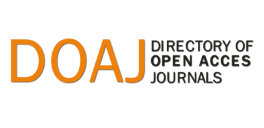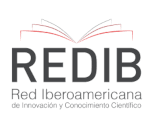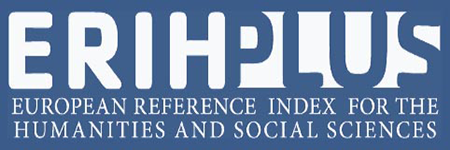No. 8 (1985): Human resources management

The public service as an institution is the part of the community that specializes in the execution of policies for the achievement of public objectives. To this end, the human element constitutes the essential resource and its management influences and conditions the character of the public service.
Despite its importance, human resources management, as a field of functional specialization, is relatively new. It emerged as personnel administration and its beginnings date back to just before the First World War. In its development, the field of human resources and personnel has relied heavily on the contributions of other disciplines, most notably the contributions of the social sciences, especially psychology and economics, which have greatly influenced human resources management.
The current circumstances of the work process and the complexity of public agencies demand from human resources management the integration of these to the organization in which they work, combining the progress of the institution towards its objectives and the realization of the social function, with the quality and efficiency of the personnel. This management requires the creation of an adequate and stimulating organizational climate within the organization, factors that go beyond the traditional activities of Personnel Administration.
Efforts to integrate personnel in an organization are made from different angles and with different objectives, however in all of them a common denominator appears: the convergence between the institutional objectives and the work of qualified personnel for each of the functions; the assignment of this personnel must be flexible, that is to say that it can advance with the socioeconomic dynamics that sooner or later drags the organizations towards changes.
Thus, many changes have occurred in the climate in which the human resources management function operates. These changes, together with the development of the corresponding theories and techniques, have modified the structure and qualification of personnel in human resources units. In an effort in this sense, the State has increasingly intervened to reform civil service regimes in order to increase productivity through training and education programs. On the other hand, the human resources management process has undergone some variations, such as the sharing of personnel functions between substantive units and personnel units, allowing the former to operate more independently.
Despite these efforts, the problems affecting human resources management have not been overcome and the personnel "crisis" consumes too much of management's time; too often personnel management is concerned almost exclusively with the strict supervision of employees' activities, neglecting the establishment of conditions under which maximum self-direction can be acquired.
It is in this sense of self-direction that human resource management calls for the integration of personnel under different perspectives: a) promoting conditions that contribute to trust in human resources, b) generating the participation of personnel in tasks of identification and/or definition of public policies; c) articulating jointly with those responsible for mobilizing and integrating the work process tasks, the execution and solution of personnel problems; d) stimulating creative thinkers within the organization; e) planning in terms of existing public policies and executed and evaluated action f) stimulating the generation of viable proposals that allow arriving at decisions of public interest. These are some of the challenges of human resources management to meet future needs.









